Mount Koya, also known as Koyasan, is a mountain located at an altitude of 900 meters in Wakayama Prefecture, less than 100 kilometers from Osaka. At the top of the mountain is one of the most spiritual villages in Japan, the center of Buddhism in this country with a Shinto majority, Koyasan.
The history of this place dedicated to Buddhist worship dates back to the year 804, when the Japanese monk and artist Kukai, known as Kōbō-Daishi, traveled to China where he studied Shingon Buddhism. Upon his return to China, he founded a religious complex on Mount Koya dedicated to the teaching and practice of this religious cult.
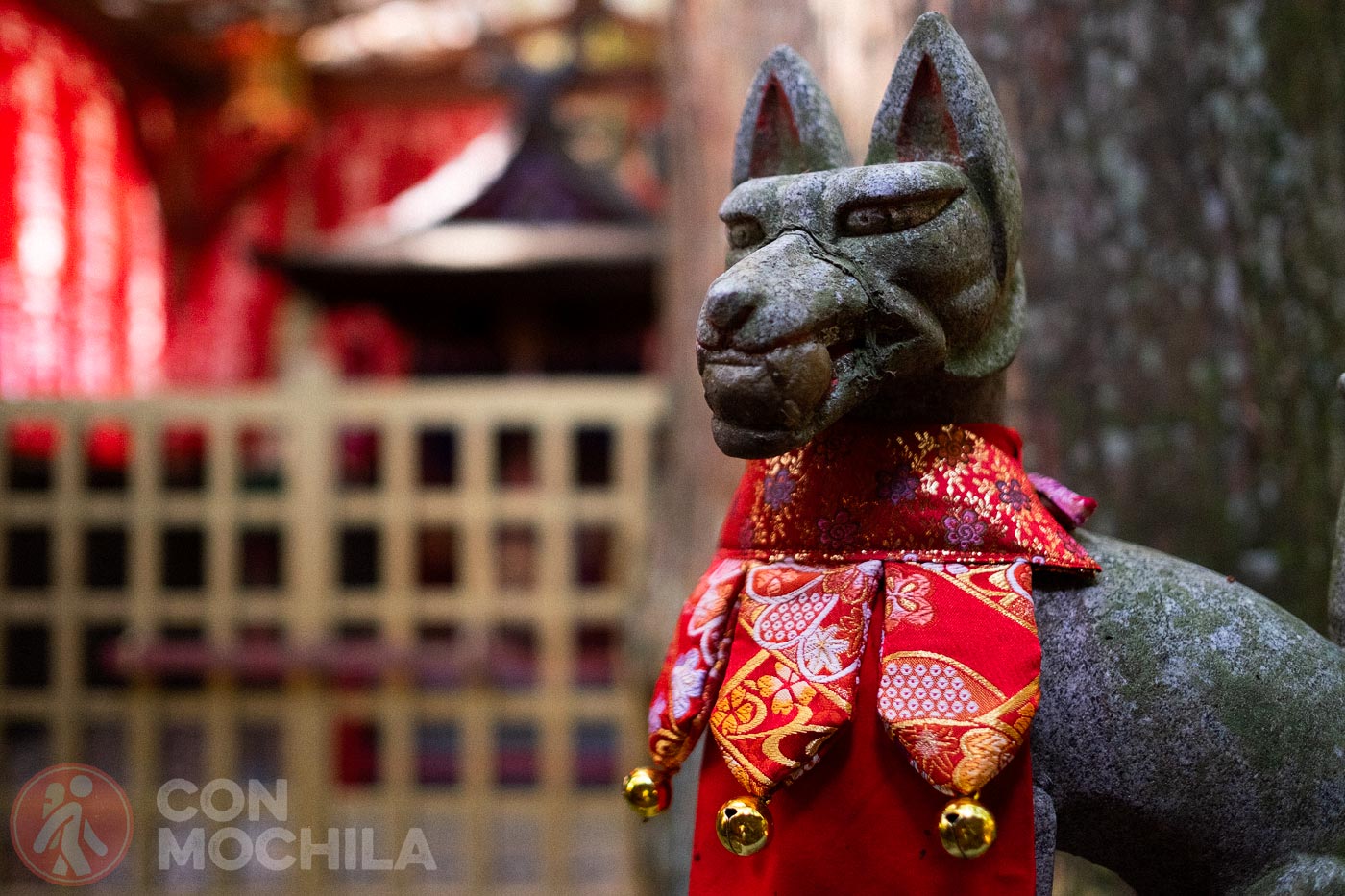
Today, the area has more than 100 temples and monuments dedicated to prayer and meditation, creating a spiritual complex that was recognized by UNESCO as a World Heritage Site in 2004.
Although we usually leave this question for the end, the difficult task of traveling the approximately 80 kilometers that separate Koyasan from Osaka makes it necessary to start here. If you are preparing to travel to Japan, you have surely already heard about the Japan Rail Pass, which we definitely recommend. In the link you will find all the information and our advice.
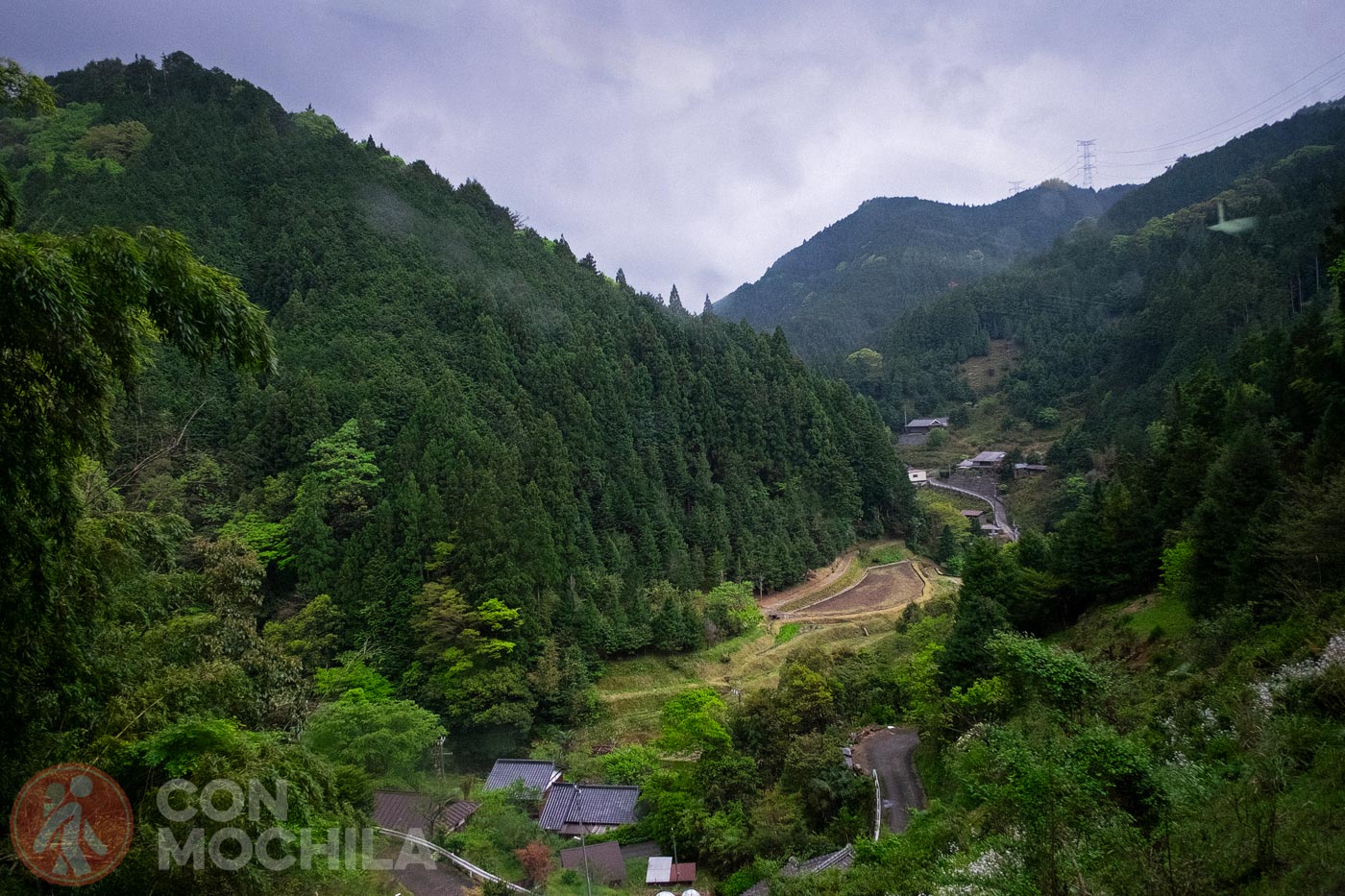
To reach the top of Mount Koya you must be patient and enjoy the journey, because it will take more than three hours and you will have to travel by train to Gokurakubashi station, there take a cable car and finally a bus to follow the last kilometers of the winding road that will take you to the center of the town of Koyasan.
A pilgrimage that will undoubtedly be worth it.
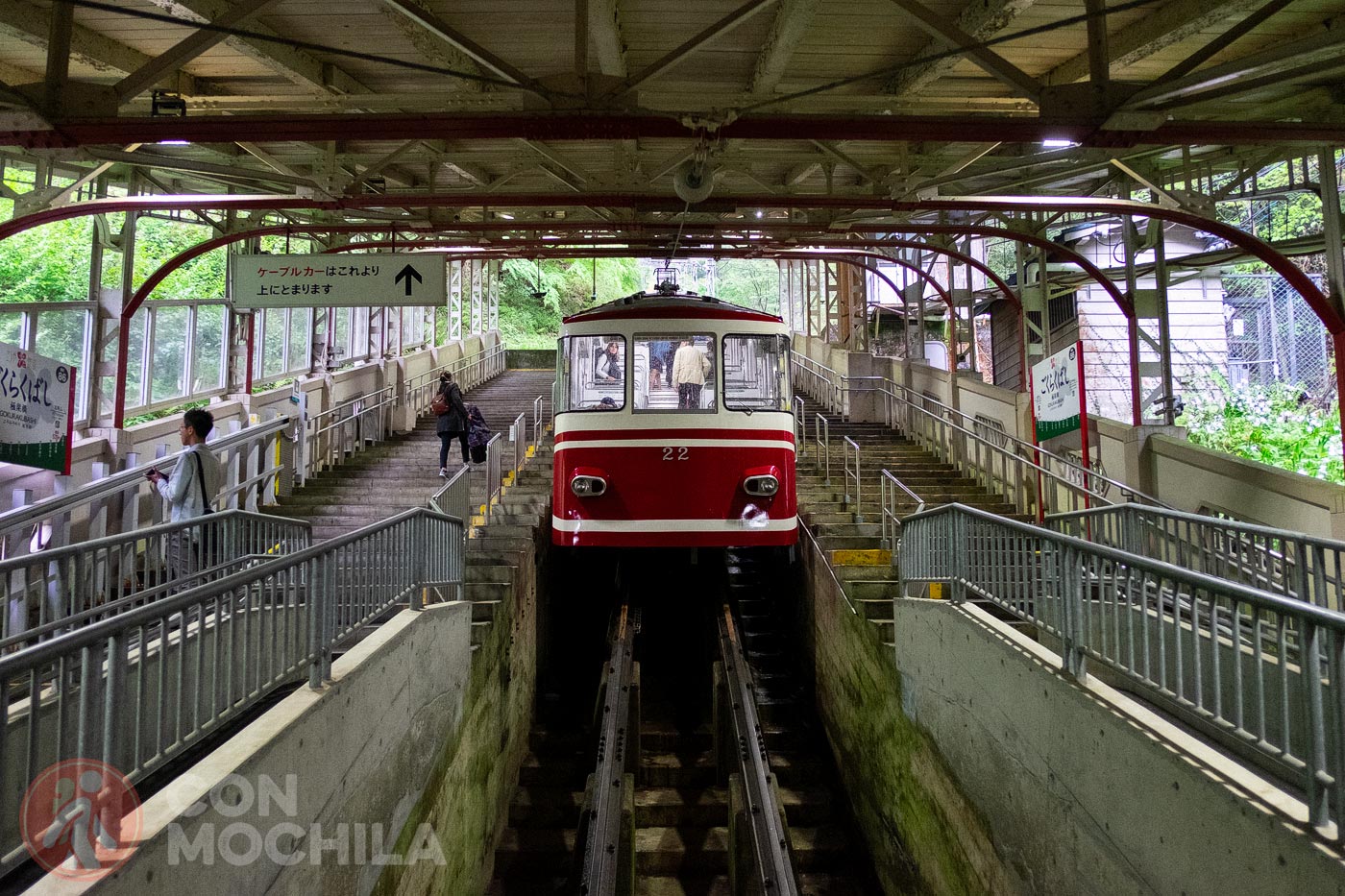

Despite the number of temples and places to visit, it is a relatively small area, so you can go there on foot or by municipal bus.
Although you can take a day trip, since it took us so long to get there… we recommend that you spend at least one night there, in one of the more than 50 temples that offer accommodation to pilgrims and travelers. This activity appears on all the lists of what to see in Japan, so you know;-)
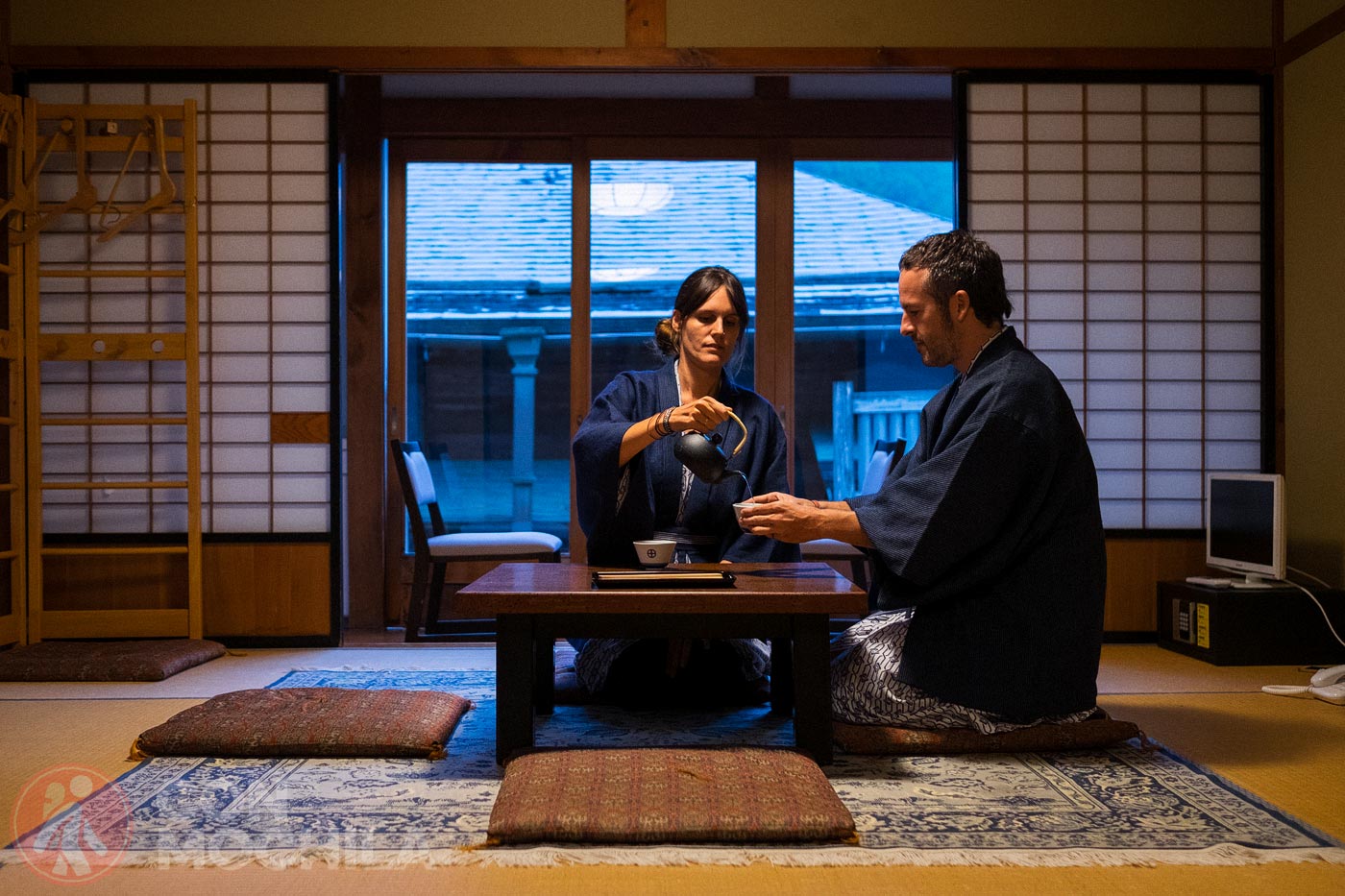
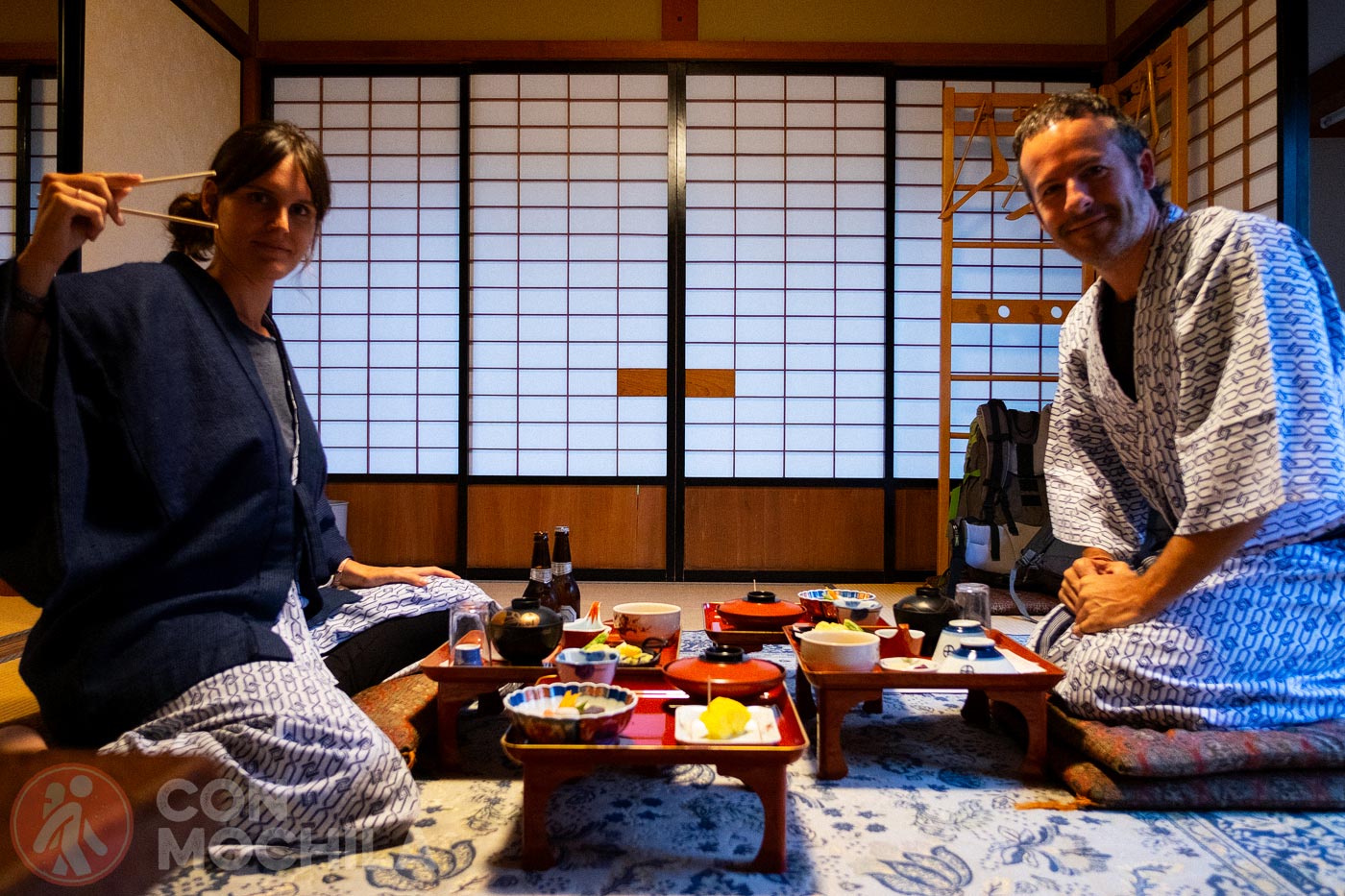
In addition to learning about the monks’ living conditions, you can also witness their ceremonies at dawn. It’s time to get up early.
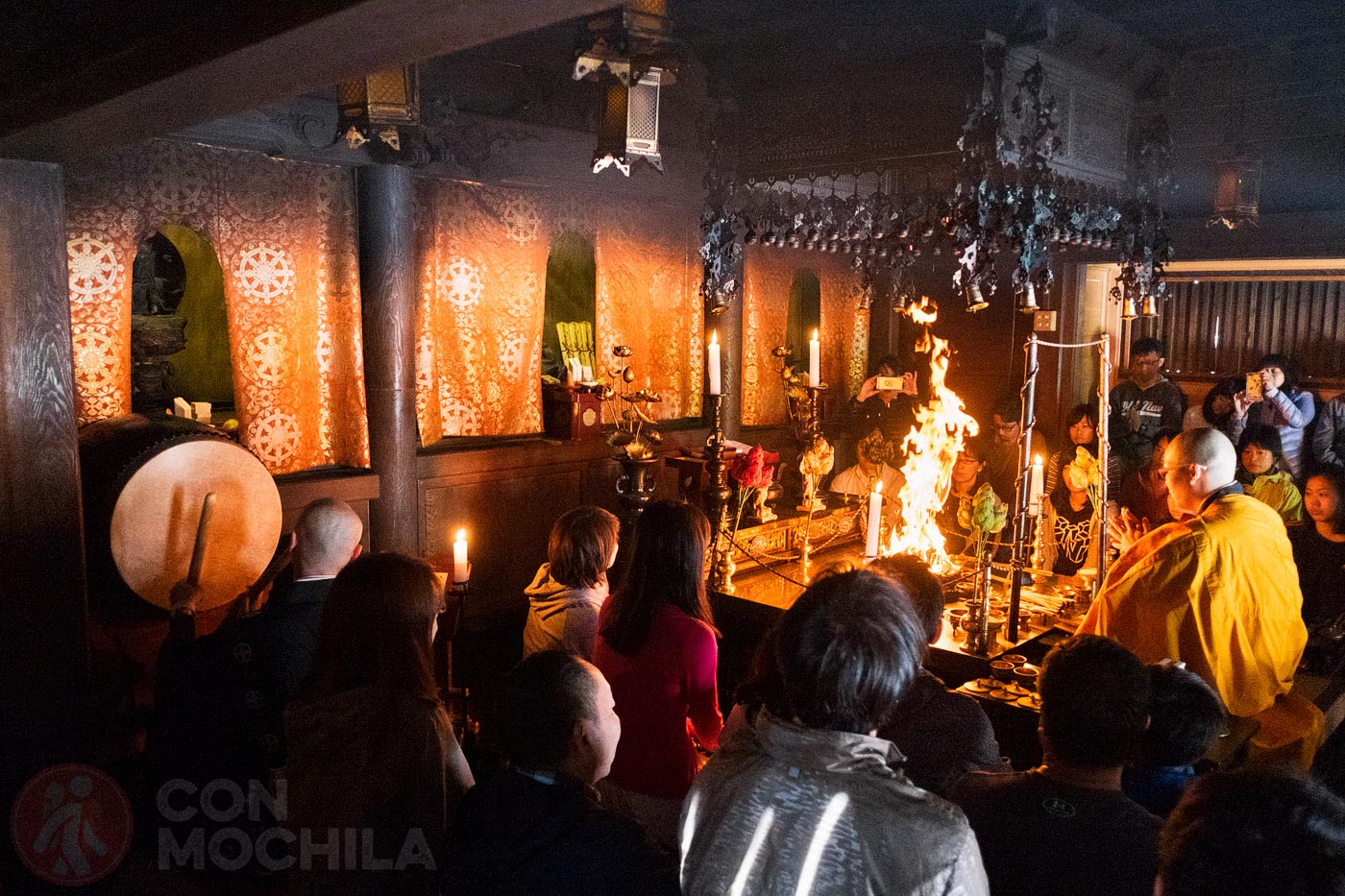
And since we’re up early, let’s start our walk to visit some of its many points of interest: You can’t pass by the Daimon Gate without spending a few minutes there. The western entrance to Mount Koya, it is more than 25 meters high and at its sides rest the city’s protective deities.
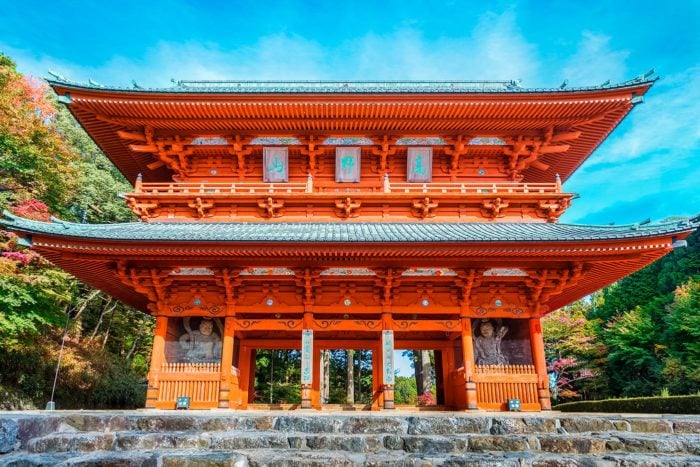
Among its many temples, we recommend visiting the Danjō-garan complex, which began with that first Buddhist temple founded by Kobo-Daishi and which today has more than twenty buildings.
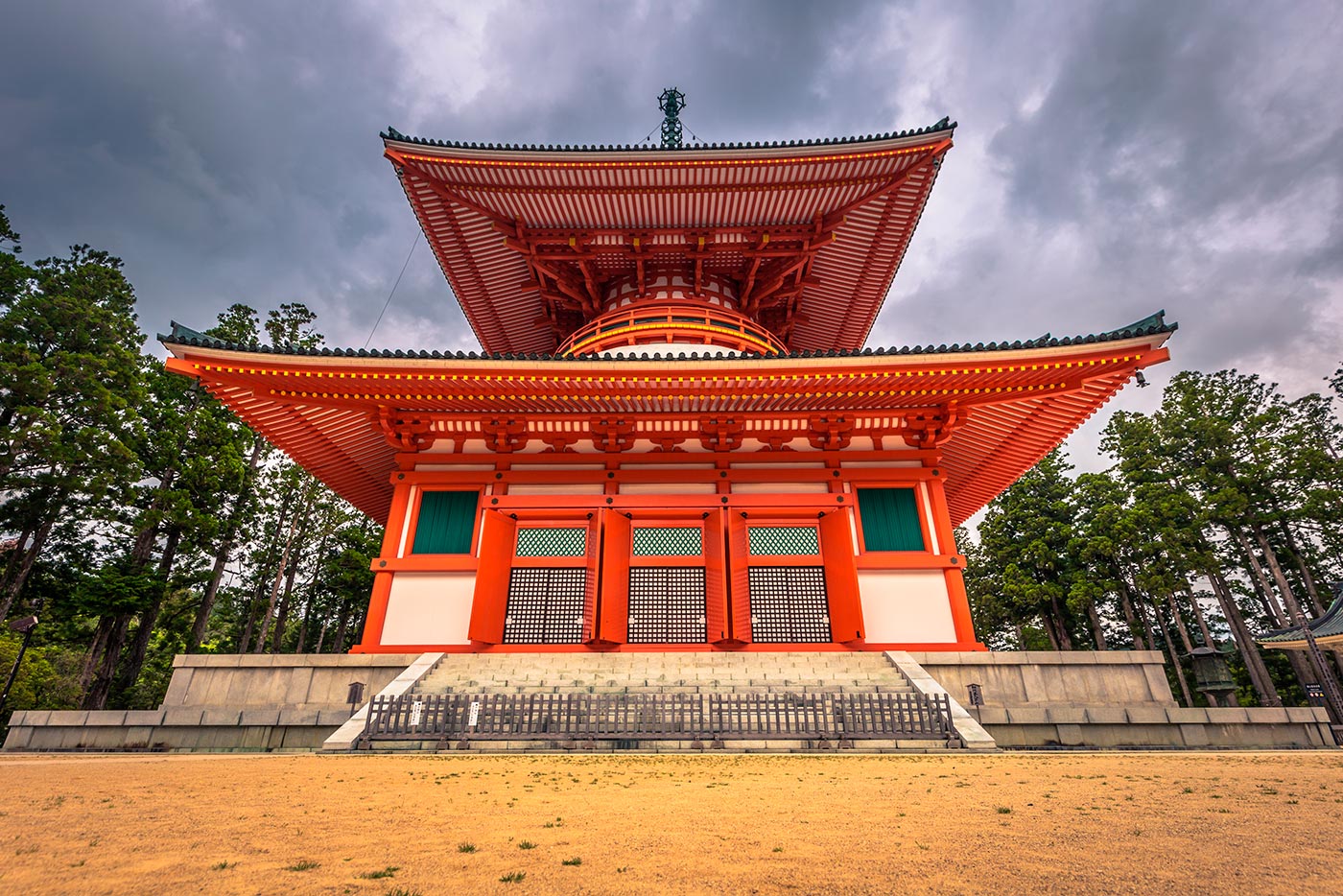
A temple that you should not miss is the Kongobuji Temple or Temple of the Diamond Mountain, built in 1593. Both its interior and its exterior gardens exude serenity and contemplation.
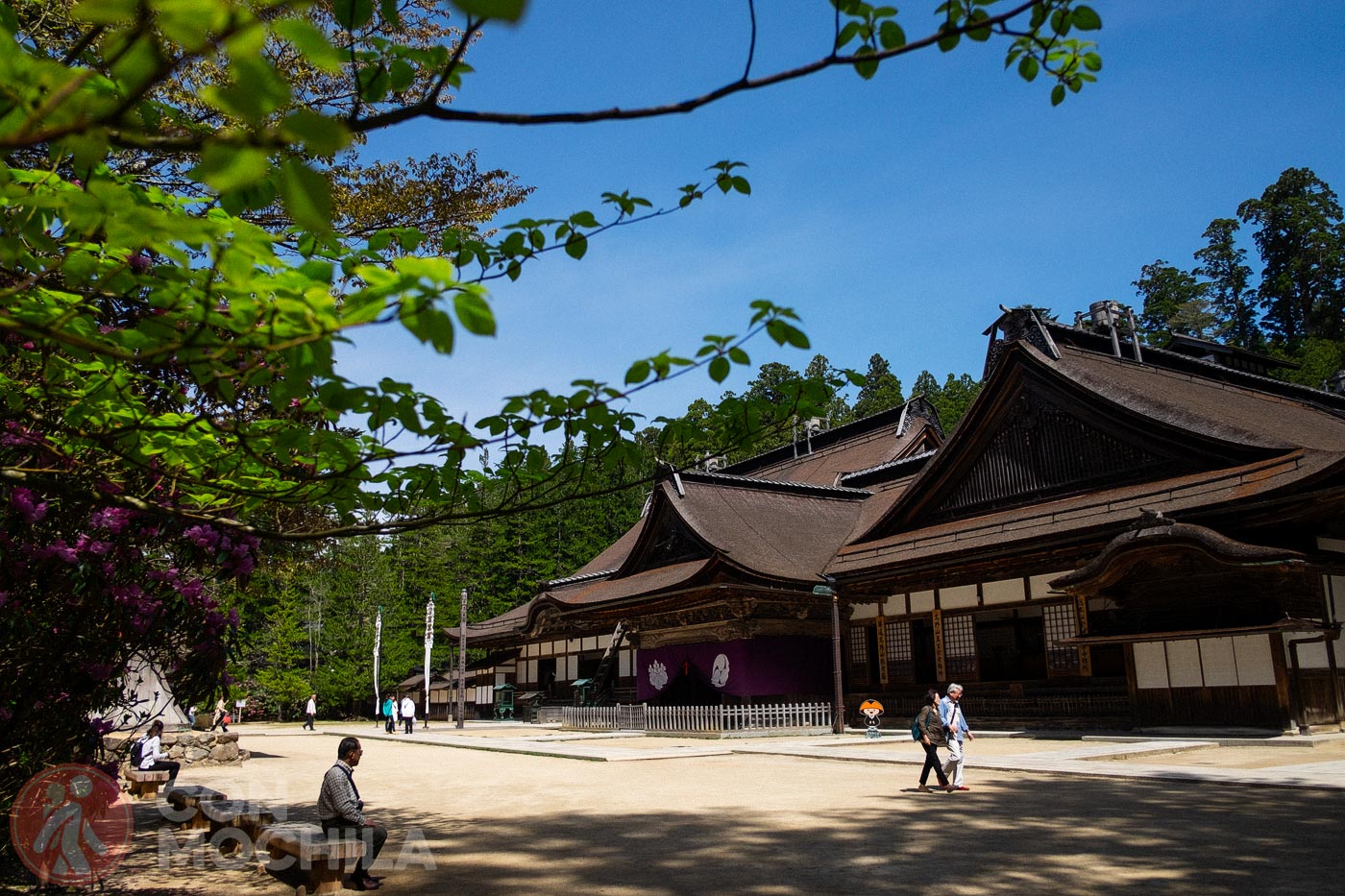
Of particular interest is the stone garden, Banryu-Tei garden, much more contemporary than the temple, where each stone placed in its 2 square kilometers has a specific place and a unique meaning.
Another interesting temple is the Nyonindo or Women’s Temple, which is located far from the centre of Koyasan, where women were not allowed to enter until the 19th century. To reach the temple they had to walk along a special path, which can still be walked today, from the Daimon Gate.
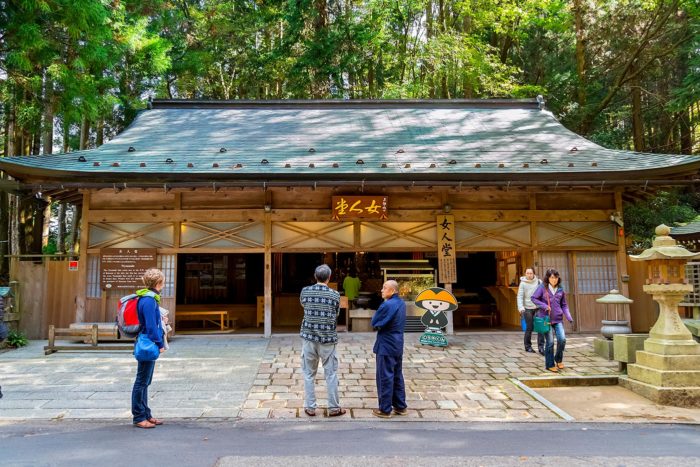
Once you have visited these and other temples, look for the Koyasan cemetery, Okunoin, one of the largest in the world with more than 200,000 graves. A special place, full of moss, cedars and funerary monuments decorated with Japanese lanterns and images of Buddha with red caps and bibs.
At the end of this cemetery lies Kōbō-Daishi in his mausoleum. The ideal time to visit is at dusk.
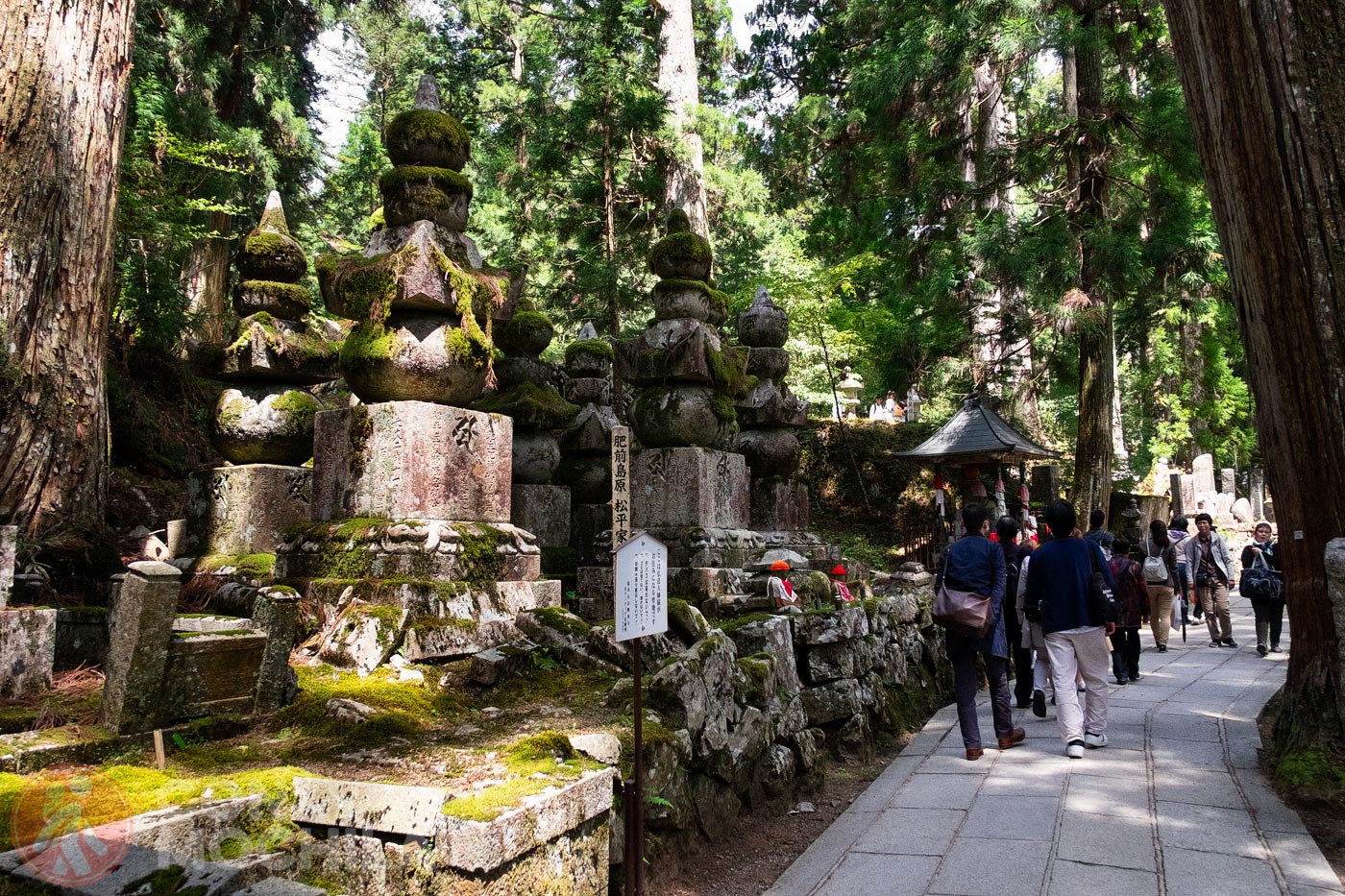
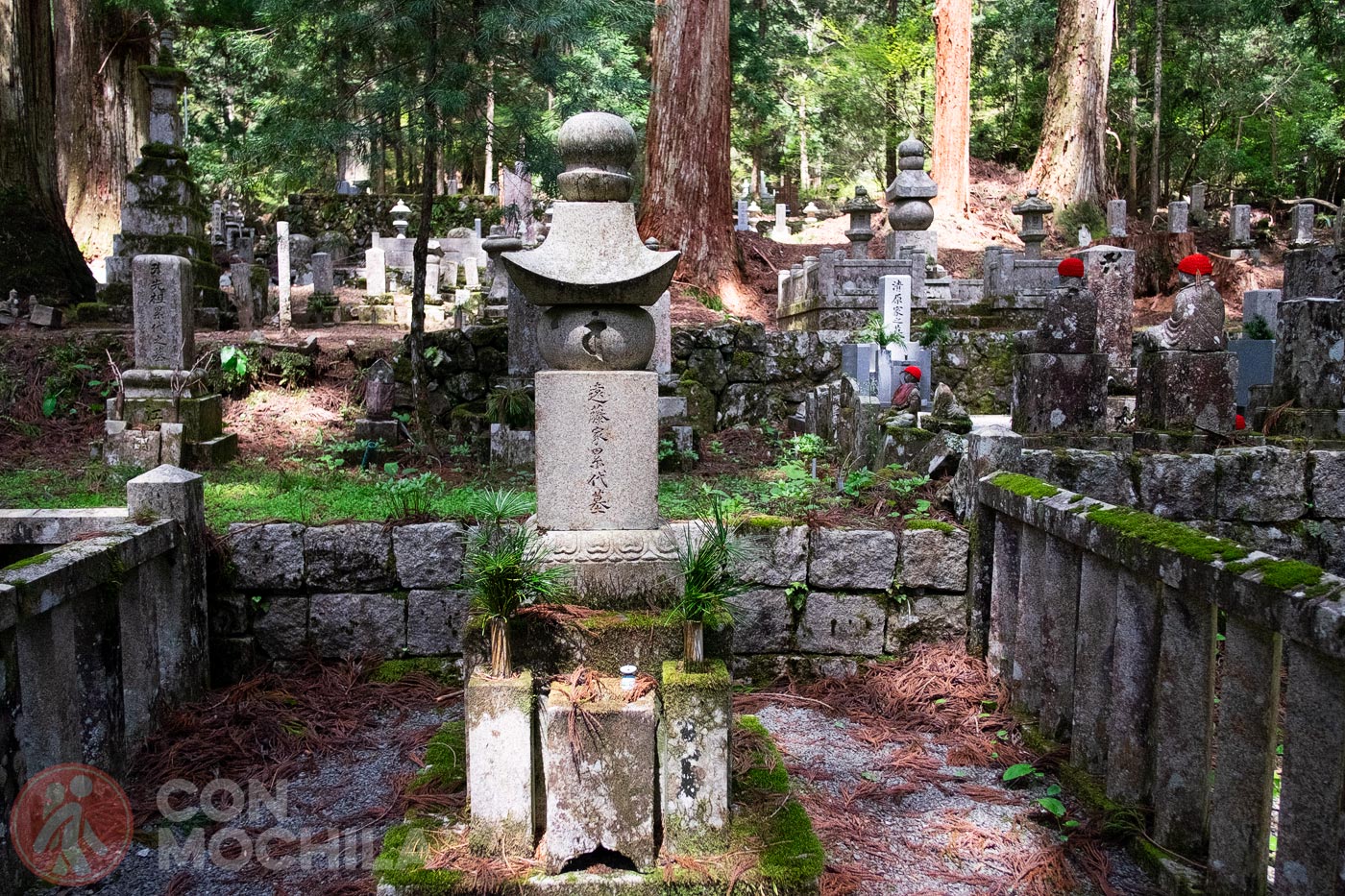
And if nature is your thing, you’re in luck. In addition to these temples and monuments, there are several pilgrimage trails that will allow you to spend hours or even days exploring its forests.
You can find everything from short routes, such as the Women’s Trail, to others such as the Kōyasan Choishi Michi, which is almost 25 km long and starts at Kudoyama Train Station.
The trails are marked with numbered stones called chōishi that appear every 100 meters, so just pick yours and start your pilgrimage to Mount Koya. Good way.